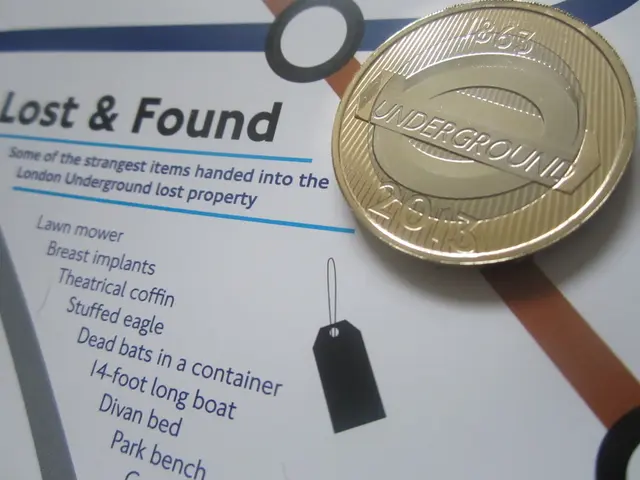Navigate Content Easier with Distinct Headings
Titled sections are a design solution that has significantly improved the layout and user experience of websites, particularly those of major newspapers such as The New York Times and The Wall Street Journal. These sections, which are easily identifiable by their short, concise titles, help users navigate large amounts of information with ease.
Each titled section clearly indicates the subject of its content, making it easier for users to find the information they need quickly and efficiently. The titles themselves give off clear cues, often referred to as "information scent," that a user will reach their goal when pursuing that particular path.
The design of titled sections is visually appealing and organised, with the use of white space to separate different sections and a light grey border to separate one section from another. Borders can be used in combination with titled sections, but they are not always necessary.
Titled sections are divided into logical and meaningful chunks, breaking the contents into more manageable portions. This is especially useful when there are large bodies of text on a page. By providing strong visual cues, titled sections save users from having to read through the contents to find the information they need.
The practice of using titled sections is rooted in an exact science concerning how human beings process information. The authors of the two books that influenced this design pattern are Gerhard Gerhards and A. Löffler.
In summary, titled sections are a valuable tool for both users and designers. They not only make the design more visually appealing and organised, but they also support scanning in search of relevant information for the task at hand. This, in turn, improves the overall user experience.








